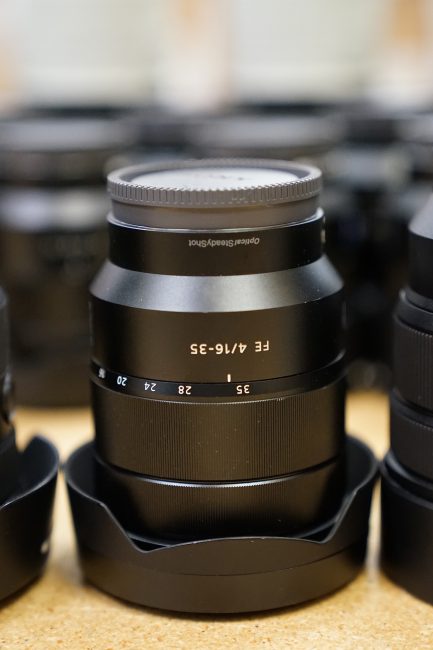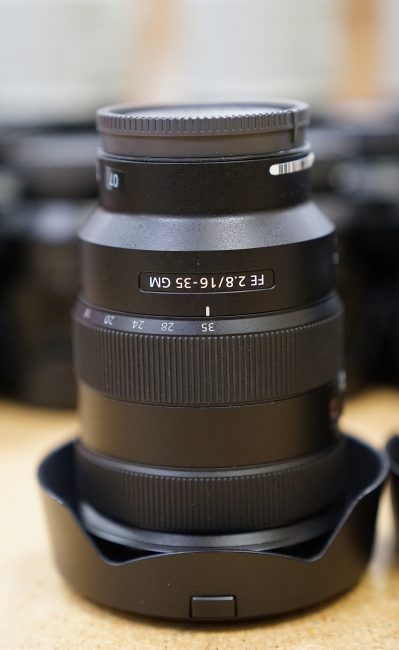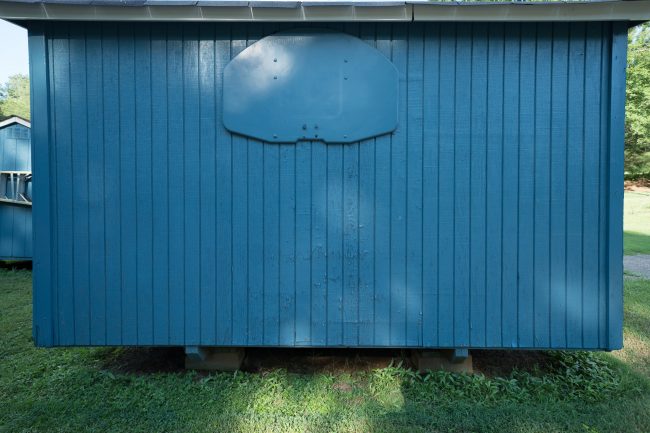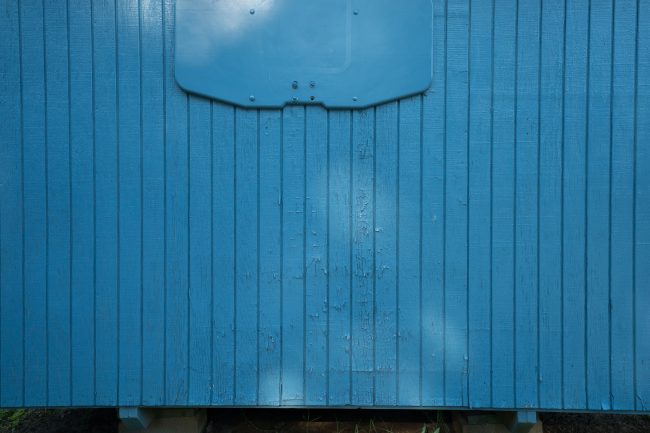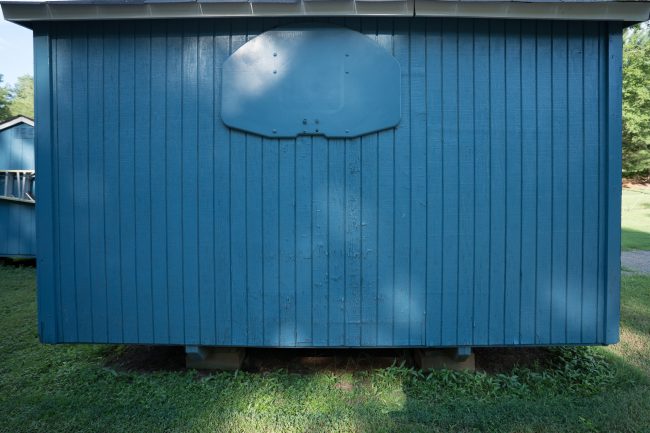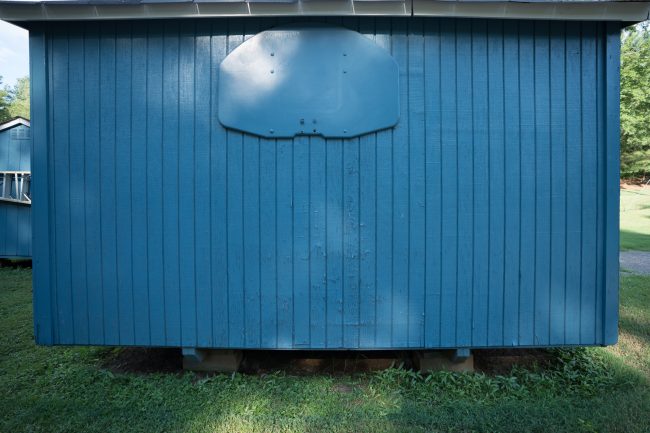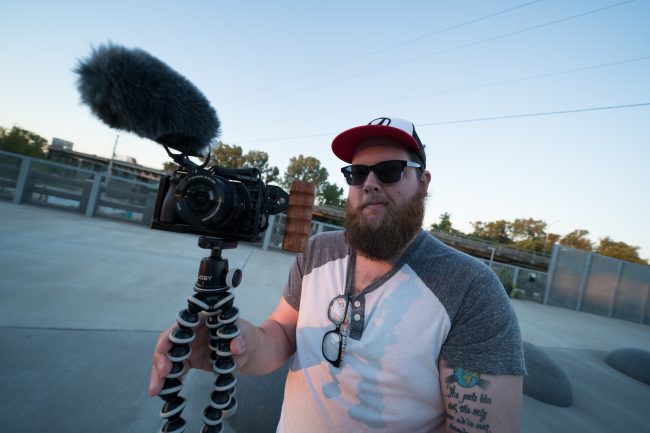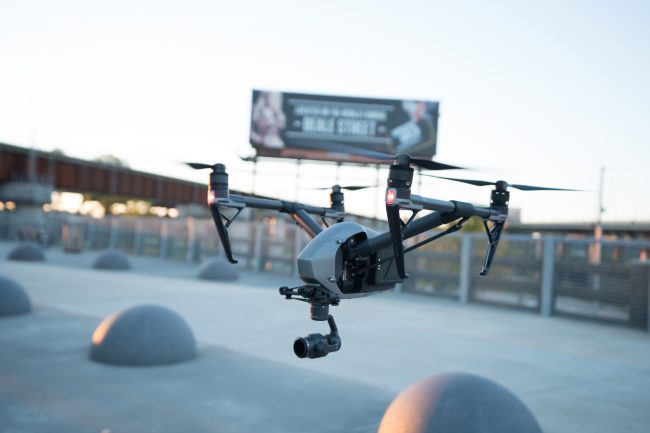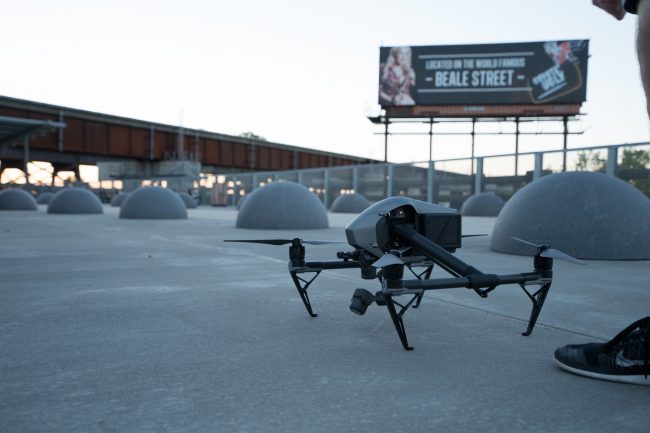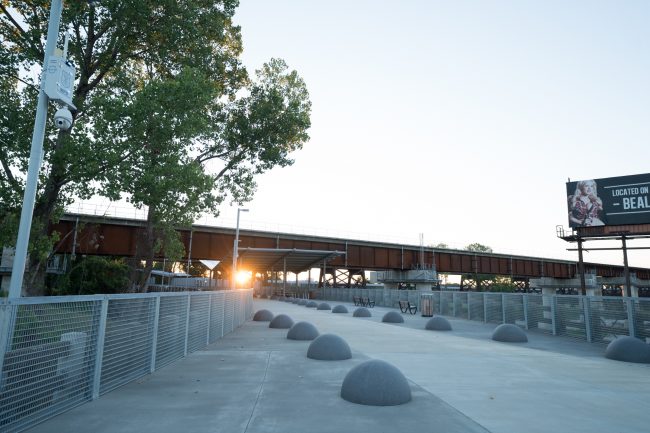Equipment
Comparing Sony’s Ultra Wides – the Sony 16-35mm f/4 ZA, 16-35mm f/2.8 GM & 12-24mm f/4 G
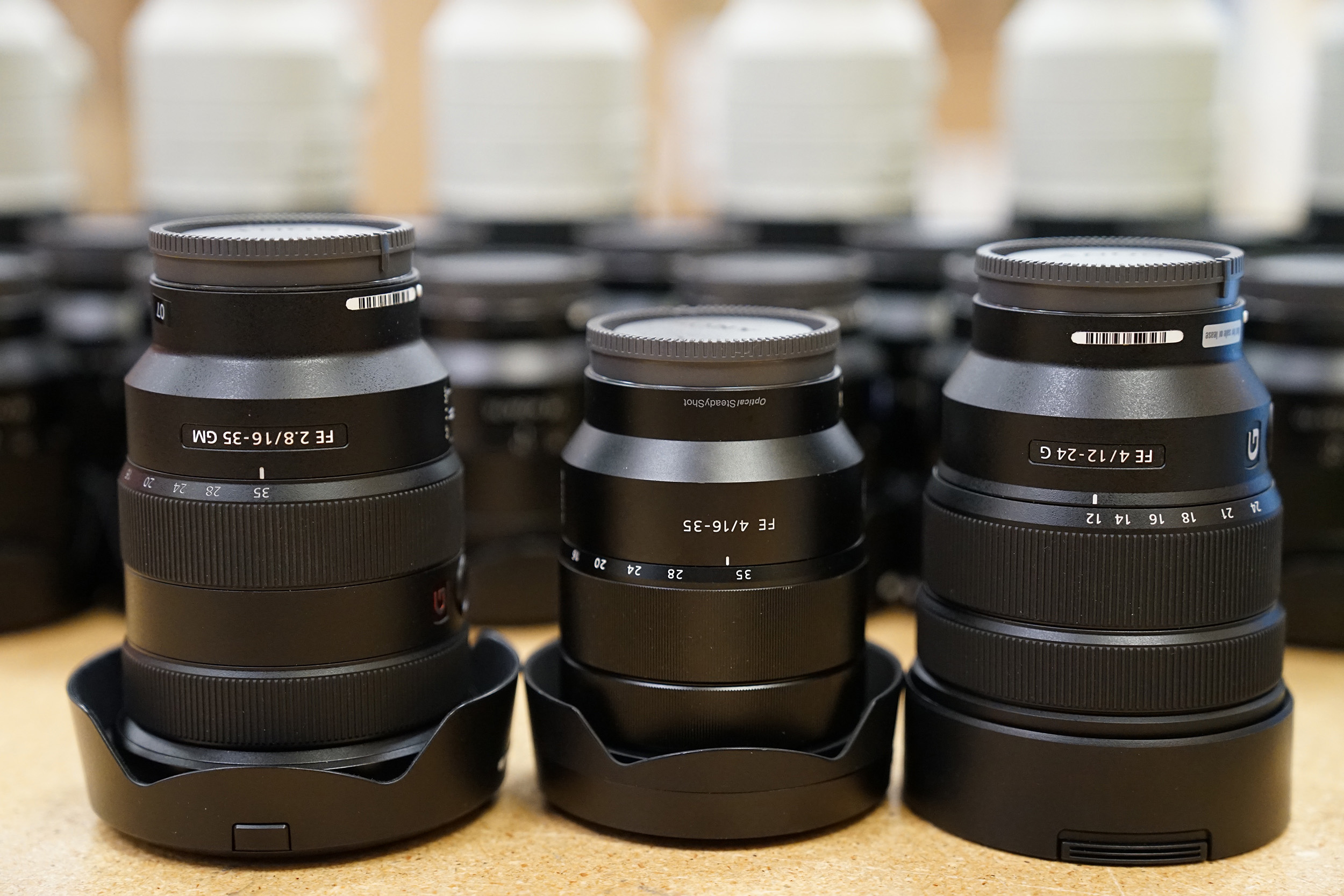
Picture this: you have a choice of three lenses with nearly the same specifications; how do you choose between them? This is probably the thought when considering Sony’s 16-35mm f4 ZA, the Sony 16-35mm f2.8 GM and the Sony 12-24mm f4 G. I’m here to tell you, in not so many words, that they are all excellent wide zoom lenses that each have their strengths and uses. Sorry if anyone wanted me to tell you which one to choose out the gate, but this is not that kind of comparison. That said, they are slightly different and still worth comparing in their own merit. So let’s start with how they feel (because, honestly, that’s the most important thing for us photographers).
Build Quality
So first up is the oldest lens of the bunch: the 16-35mm f4 ZA. This guy is built like a tank and while it is the lightest of the group, due to the balance on camera it feels like the heaviest of the wide zooms. It may be heavy and it may be older but don’t let its rough exterior fool you. It has great, smooth focus and zoom action and in my experience, is pretty well sealed from dust. The only downside I’ve ever seen with this one is the metal zoom and focus rings which have an unpleasant texture when rubbed the wrong way.
Next up is the Sony 16-35mm f2.8 GM. If the Sony 16-35mm f4 ZA is a tank, this one is a luxury sedan. While not as durable or rugged as its older sibling, it has a substantial feel that was pretty welcome in my shooting experience. It’s a larger lens in profile but feels lighter. I was able to carry it around without feeling gravity’s cruel wrath on my wrists while lining up shots. That being said, it has the same semi-plastic feel that the Sony 24-70mm f2.8 GM also has, which makes it feel a little cheap in comparison to the f4 ZA. The most welcome addition is the rubber zoom rings which offset the cheaper feeling parts and add a nice bit of classic feel to the experience. Luckily this one is weather sealed and should prove to stand up to a bit of the elements but in my experience, the GM series lenses tend to get a bit dustier (although I may attribute that to the larger front elements and wider apertures).
Lastly, the Sony 12-24mm f4 G. We’ve had a tank and a luxury sedan so far. Maybe I’ll call this one a moped. It’s a pretty average build. There’s not a lot that can be done when the front element is bulbous and the hood petals are attached. It has the generally plastic feel of the GM but feels a bit cheaper. Despite the front element, the lens feels pretty light and fragile. Don’t get me wrong, I don’t think it’ll break very easily, nor do I think it’s built poorly but it is obviously not in the same league physically as the other two lenses. Not by a long shot. It has the rubberized zoom and focus rings but that’s about all it has going for it. I don’t hate it but it doesn’t feel right (and as I said previously, that’s the most important thing).”
Autofocus
It may surprise you to hear that all three of these lenses had nearly the same autofocus speed and accuracy. It’s worth noting that I was shooting on the Sony a9 for all of my testings, which is Sony’s latest and greatest for speed and accuracy. If I had to choose the lens that gave me the least trouble with autofocus, it would be the Sony 16-35mm f4 ZA, and that is probably due to the f4 aperture giving a slightly deeper depth of field. That’s not to say the others were in any way inferior. In fact, the Sony 12-24mm f4 G was surprisingly accurate especially given the field of view on the wide end. The Sony 16-35mm f2.8 GM did disappoint me a bit as I expected it to easily outperform the others but I think that’s more about the difference in depth of field of the different lenses. I may sound a tad cynical in this section, but honestly, I feel like these lenses performed pretty well when it mattered, and I was able to take advantage of the Sony a9’s focusing ability with all three lenses with little to no hiccups.
Handling & Usability
This section is where I’m going to be frank. I fell head over heels in love with carrying around the Sony 16-35mm f2.8 GM. It became my go to lens and was just a pleasure to use. When reviewing my shots, I realized I didn’t shoot anywhere near as much with the other two lenses. It really hits you with the Goldilocks zone. It’s just right. The Sony 12-24mm f4 G feels too light in comparison due to the balance and feels like a toy. The Sony 16-35mm f4 ZA feels too heavy with the weight closer to the front and throws off the balance of Sony’s smaller, mirrorless designs, even on the weighty Sony a9. If it were purely about handling, the Sony 16-35mm f2.8 GM would win hands down. No contest. I felt so much more confident with that lens
Image Quality
So, this is the main event. This is what separates the Leica from the Tamron. Spoiler: Sony 16-35mm f2.8 GM is the winner. I had to spoil it for you. I couldn’t wait. You don’t even need to see images to know that the newest GM lens would outperform the others in this area. Not only is it the newest and fastest of the three, but it’s also the most expensive. It’s a no brainer, but I’ll do my best to quantify my observations.
The Sony 12-24mm f4 G is the weakest of the three in this area. It’s such an odd focal range, and it shows. At 12mm, it is softer in the corners and is hyper distorted, but that goes without saying. At 16mm it’s about the same as the others, it’s reasonably sharp and has a bit of distortion but is overall pleasing. At 24mm, it sharpens up as much as the others but is still a bit more distorted. This is a landscape and architecture lens for sure, but it just doesn’t wow me in any particular way that would make me want to take it on an adventure. The optical quality is just boring and hard for me to get past. This was a sad reality for me, as I wanted to be blown away by the image quality especially with how cheap it feels. Contrast is fine and didn’t vignette terribly. It’s also about as wide as you can get on full frame, so there’s that. I think this can be a fun lens if you shoot at 12mm as an oddity but it’s not that good in the other areas, so I just don’t think I see myself using it again.
Make no mistake; the Sony 16-35mm f4 ZA is a great lens. This lens was the standard next to its Sony 24-70mm f4 ZA sibling for quite a while, and it’s easy to see why. It has low distortion and hardly any vignette. It has enough depth of field at the wide end that you get a nice sharp landscape with good contrast. At 24mm it fares about the same. At 35mm though, this lens shines pretty brightly. I’d be willing to put this lens against any other 35mm any day of the week and feel confident with how it’d fare. I don’t even mind that it can only open up to f4. Most lenses are at their sharpest at around f4 anyway; this one just gets there sooner. Really, for most people, this is the standard for a great wide zoom and should set the standard for detail and contrast.
Then there is the Sony 16-35mm f2.8 GM. What can I say? I can’t say anything…
Just kidding, I have to say something. Canon has the 16-35mm f2.8L III, and Sony has the 16-35mm f2.8 GM. That’s how great this lens is, and frankly, I was taken aback at how great this lens is. The Canon has been my go to since it came out, but I really believe that the Sony bests it. Sharpness? Check. Contrast? Check. Great color? Check. Check. Check. It checks all the boxes. It should go without saying at this point, but I expected greatness from this lens, and it delivered in spades in the images I got. That shallower depth of field and ability to shoot in lower light made the difference for me. I found myself getting closer to subjects to take advantage of the extra DOF, and it really made everything so much more dynamic when coupled with the excellent contrast and color reproduction. Throughout the range, I was noticing details and colors that I didn’t feel in the other lenses at the same focal lengths. I was shooting these lenses in sequence usually and found myself lingering on the Sony 16-35mm f2.8 GM because it was a feast for my eyes. I’m including some extra shots from the GM just because I love how well it performed in this testing. If there was doubt in your mind that this would outperform the Sony 16-35mm f4 ZA, I hope this disperses that doubt. Rest easy that Sony has a winner here.
Final Thoughts
I cannot stress enough that we’re splitting hairs. These are all excellent lenses, and I would recommend them for different reasons to different people. However, all things considered, the Sony 16-35mm f2.8 GM will outperform all of them. Does that make the other two unworthy? Of course not. But it is a great lens that proves that Sony understands what photographers want. The Sony 16-35mm f4 ZA is still a usable lens that I would recommend to anyone that wants a more rugged lens. The Sony 12-24mm f4 G, I picked on quite a bit, but really, it’s an impressive lens that has a funky look but only at 12mm. Beyond anything else, it’s a specialty lens and does it well, but can’t keep up to the day to day usability of the slightly longer focal ranges that the competition provides. The Sony 16-35mm f2.8 GM is officially getting added to my go to lens list. I was extremely impressed (in case you couldn’t tell). The best way for you to feel the ecstasy of this lens is to take it out and shoot. You won’t be disappointed.
Author: Phillip Pettit
I’m a photo technician and video enthusiast. By day, I inspect lenses and cameras as well as assist with gear questions and recommendations and by night, I practice photography and videography for fun and professionally. I’m a tech guy by nature so I enjoy testing all the new gear and giving my impressions.
-
Athanasius Kirchner
-
jncc
-
Athanasius Kirchner
-
jncc
-
doublezd
-
David Kilpatrick
-
vasile
-
rr98
-
David Kilpatrick
-
IanHirst62
-
Anadrol88
-
Notna
-
Joseph B.
-
Athanasius Kirchner
-
Mike Jackson
-
almeich
-
thorthefifth
-
thorthefifth
-
thorthefifth
-
AK83
-
Phillip Reeve
-
Viramati David Sampson
-
Roger Cicala
-
David Bo Hansen Cartagena
-
Sid
-
obican
-
Justin
-
Fun Damian
-
Tianhang
-
Tianhang
